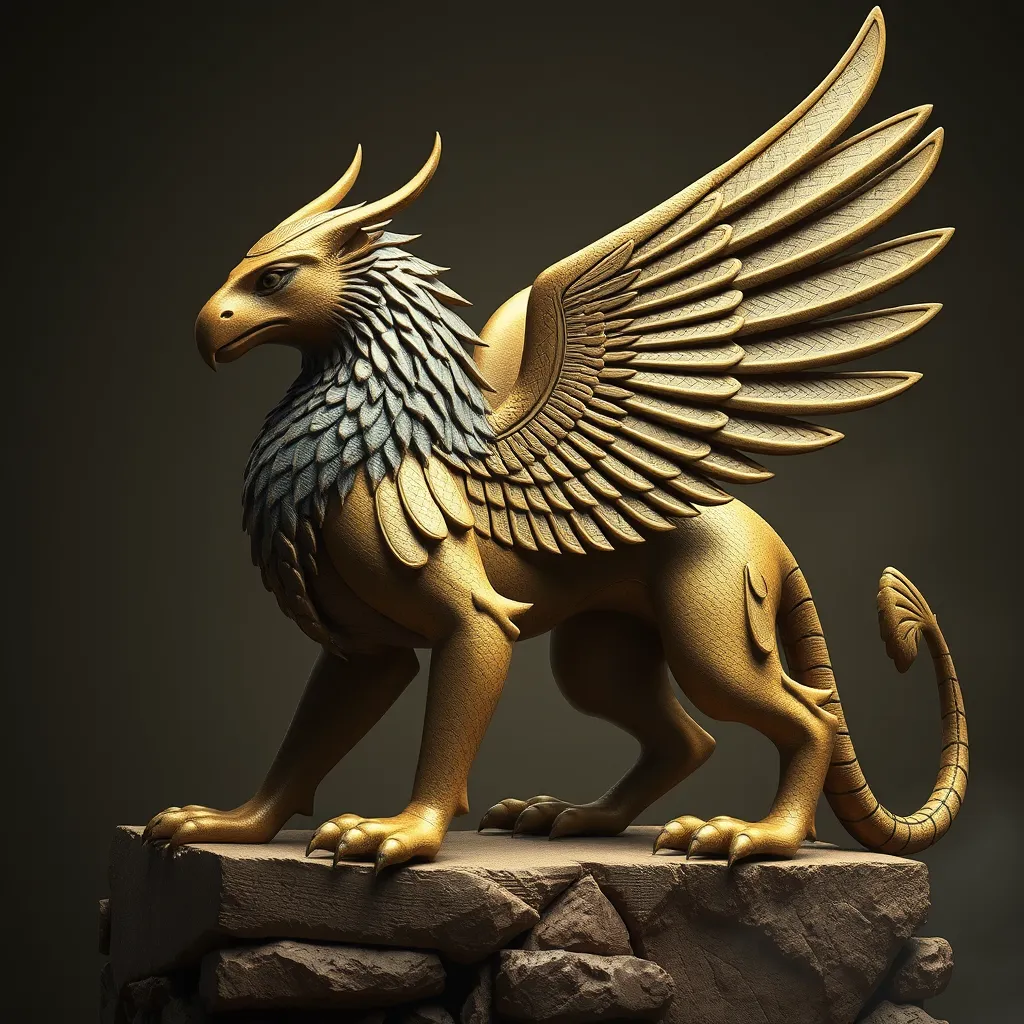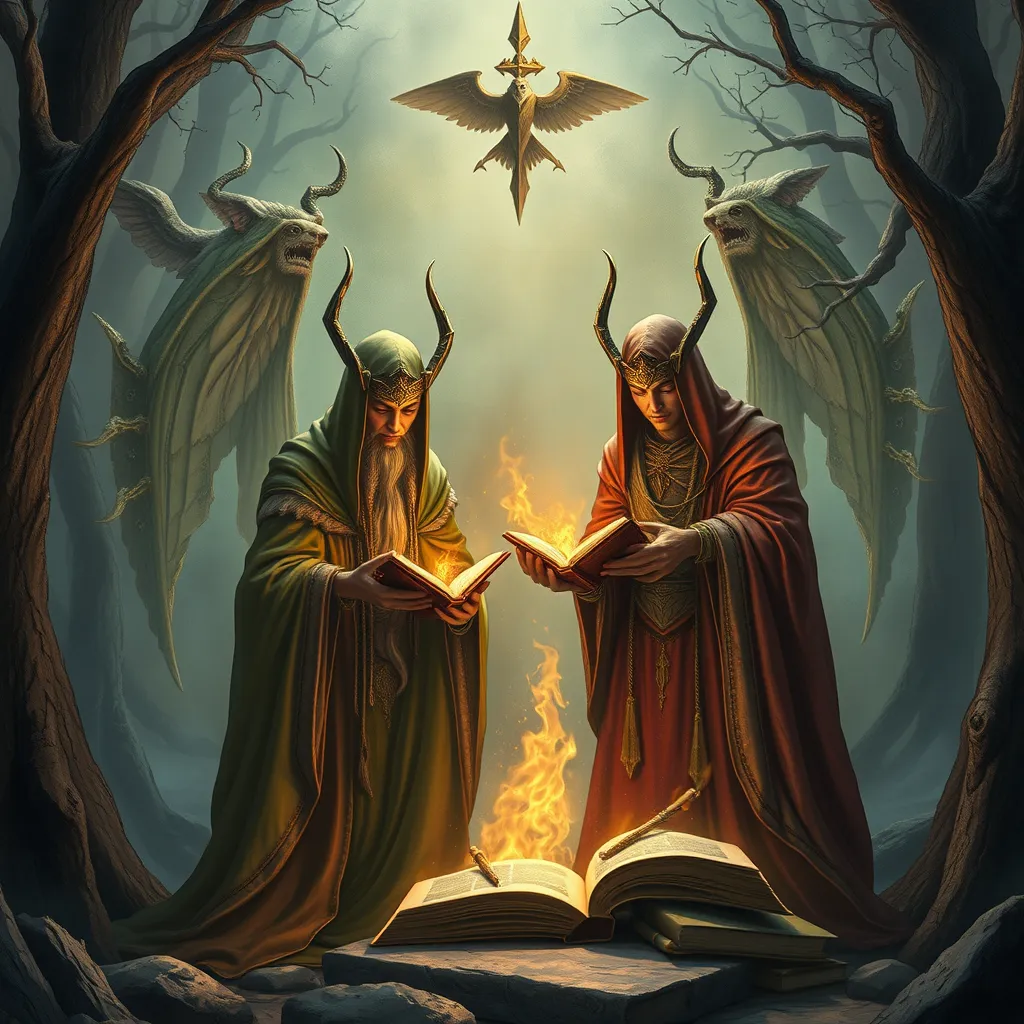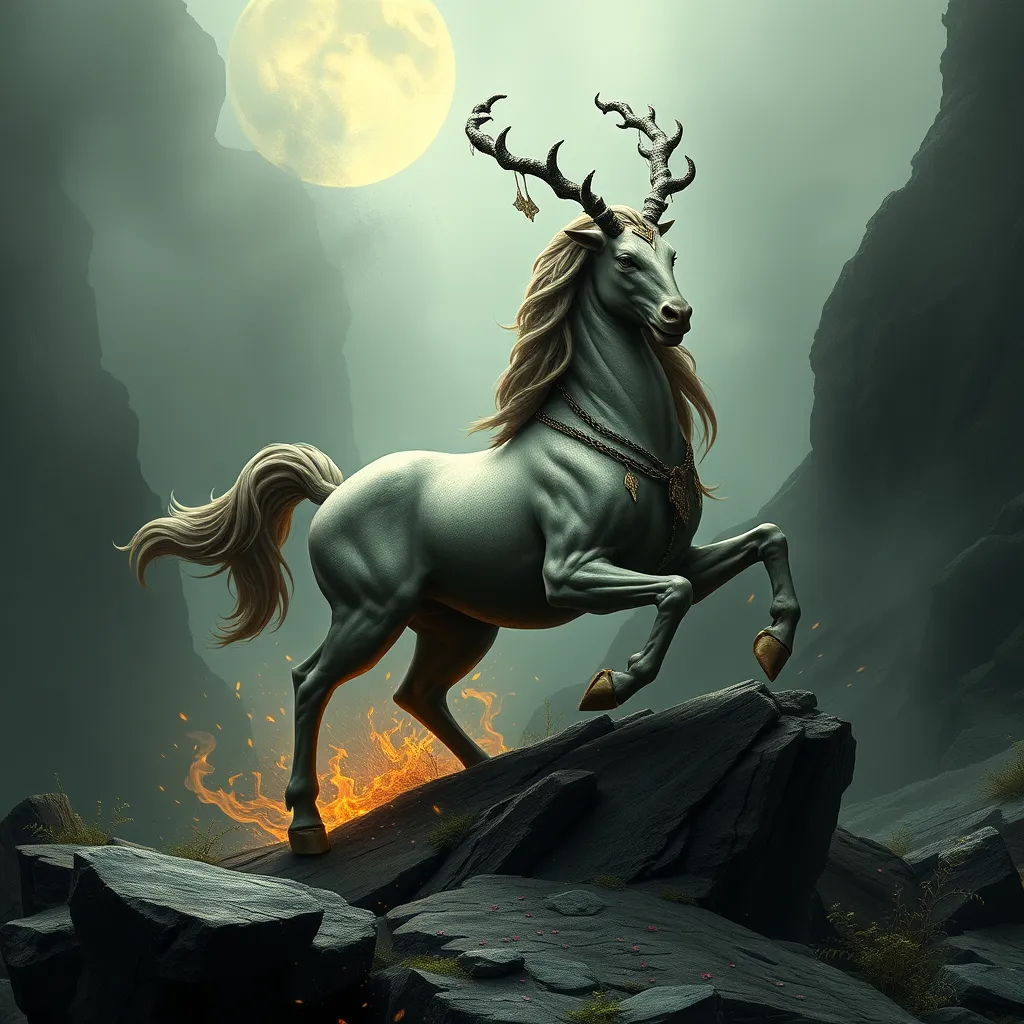The Griffin in Ancient Egypt: A Fusion of Lion and Bird
I. Introduction
The Griffin is a mythical creature that has captivated the imagination of various cultures throughout history. Defined as a being with the body of a lion and the head and wings of an eagle, the Griffin symbolizes strength, courage, and divine protection. In ancient mythology, it was often associated with the sun and the sky, representing a fusion of earthly and celestial powers. This article will explore the significance of the Griffin in Ancient Egypt, delving into its origins, symbolism, artistic representations, and its role in Egyptian religion and funerary practices.
II. Historical Context of the Griffin in Ancient Cultures
The origins of the Griffin myth can be traced back to ancient civilizations across the globe. From the nomadic tribes of Central Asia to the Greeks and Romans, the Griffin has appeared in various forms, each culture attributing its own significance to the creature.
- In Mesopotamia, the Griffin was often depicted as a guardian figure, protecting treasures and sacred sites.
- In Greek mythology, Griffins were associated with the sun god Apollo and often represented strength and vigilance.
In Ancient Egypt, the Griffin took on a unique role within the pantheon of deities. It was often seen as a protector of the pharaoh and a guardian of the afterlife, symbolizing the connection between the earthly realm and the divine.
III. The Symbolism of the Griffin
The Griffin embodies a dual nature, merging the lion, a symbol of strength and royalty, with the eagle, a symbol of divinity and the heavens. This combination makes the Griffin a powerful symbol in Ancient Egyptian culture.
- Lion: Represents strength, courage, and the protective nature of the pharaoh.
- Bird: Symbolizes the divine, freedom, and the connection to the sky and the afterlife.
As a guardian figure, the Griffin was believed to protect sacred spaces and important figures, reinforcing its significance in Egyptian beliefs. It was often depicted at the entrances of temples and tombs, serving as a formidable guardian against evil spirits.
IV. Depictions of the Griffin in Ancient Egyptian Art
Artistic representations of the Griffin in Ancient Egypt are abundant, appearing in various forms including carvings, sculptures, and jewelry. These depictions often showcase the creature’s majestic features and its symbolic importance.
- Temple Carvings: Griffins can be found in detailed carvings adorning the walls of temples, often portrayed in dynamic poses that emphasize their power.
- Sculptures: Many sculptures depict Griffins as protectors, often flanking the entrances to sacred spaces.
The features of the Griffin, including its fierce expression and regal posture, were designed to evoke a sense of awe and reverence. The combination of the lion’s strength and the bird’s grace made it a fitting representation of divine protection.
V. The Griffin’s Role in Egyptian Religion and Mythology
In Egyptian religion, the Griffin was closely associated with various deities and the afterlife. Its presence in mythology underscored its importance in the spiritual landscape of Ancient Egypt.
- Associations with Deities: The Griffin was often linked to gods such as Ra, the sun god, and Horus, the god of the sky, reinforcing its status as a symbol of divine strength.
- Myths Involving the Griffin: Stories featuring Griffins often highlighted their role as protectors of the pharaoh and guardians of sacred knowledge.
These myths not only illustrated the griffin’s protective qualities but also reflected the values and beliefs of Egyptian society.
VI. The Griffin in Funerary Practices
The use of Griffin imagery in funerary practices reveals the creature’s significance in the journey to the afterlife. In tomb decorations, Griffins were often depicted alongside other protective figures, emphasizing their role in safeguarding the deceased.
- Tomb Decorations: Griffins appeared in murals and carvings within tombs, symbolizing protection for the deceased on their journey through the afterlife.
- Beliefs in the Afterlife: The Egyptians believed that the Griffin would guide the souls of the deceased, ensuring safe passage into the eternal realm.
This belief in the Griffin’s protective power highlights its integral role in Ancient Egyptian funerary customs and the broader context of their spiritual beliefs.
VII. The Griffin’s Legacy in Later Cultures
The legacy of the Griffin extends beyond Ancient Egypt, continuing to influence other cultures throughout history. In Greco-Roman art and mythology, the Griffin maintained its status as a symbol of strength and protection.
- Greco-Roman Art: The Griffin was adopted into the art and architecture of the Greeks and Romans, often depicted in mosaics and as decorative motifs.
- Modern Interpretations: Today, the Griffin is a popular symbol in heraldry and fantasy literature, representing courage and nobility.
This enduring fascination with the Griffin across cultures and epochs underscores its significance as a symbol of power and protection.
VIII. Conclusion
In conclusion, the Griffin holds a prominent place in Ancient Egyptian mythology, serving as a powerful symbol of strength, protection, and divinity. Its dual nature as a lion and bird encapsulates the connection between the earthly and the celestial, making it a fitting guardian of sacred spaces and the afterlife.
The Griffin’s legacy continues to resonate in modern culture, reflecting humanity’s enduring fascination with this majestic creature. As we explore the rich tapestry of ancient beliefs, the Griffin stands out as a timeless symbol of courage and protection, a reminder of the intertwining of our earthly existence with the divine.



